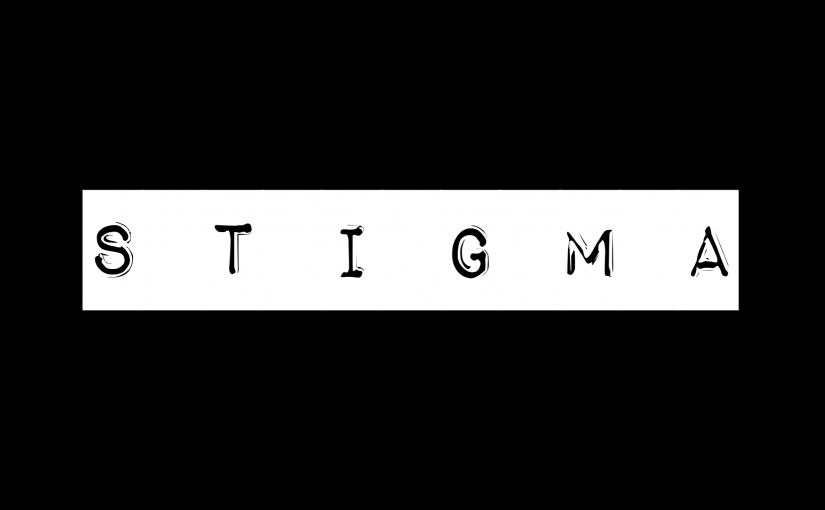![IMG_6908[1]](https://sova.pitt.edu/wp-content/uploads/2017/11/IMG_69081.png)
Recently, we were asked about stigma, specifically:
“What is stigma?”
Therefore, to help address this complicated topic, we thought we’d dedicate a blog post to it.
The National Alliance on Mental Illness (or NAMI) refers to stigma as “when someone, or even yourself, views a person in a negative way because they have a mental health condition.” In other words, stigma is when an individual sees another person in a disapproving way because they have a certain characteristic or personality trait that is thought to be a disadvantage. Simply put stigma is a negative stereotype.
To help understand it better, imagine you broke your leg and society blames you. Others stare at you accusingly when you’re out in public and whisper about you behind your back. Imagine feeling scared to seek proper care because you’re worried that your partner will break up with you or you’ll lose your job if anyone finds out. People with mental health conditions deal with this type of stigma daily.
Stigma can lead to discrimination (or unfair treatment) because people often avoid individuals with mental illness. For example, obvious (or direct) discrimination can happen when someone does not rent an apartment or hire a person who has a mental health condition. However, discrimination does not always have to be obvious. Indirect discrimination occurs when someone appears to treat everyone the same, but actually does not. For example, if an individual does not sit next to a person in class because they assume the person’s mental illness makes them violent or unstable.
Many people living with mental illness do not feel comfortable talking with others about their conditions or seeking help because of stigma. Often mental health conditions are considered irresponsible or self-inflicted. However, mental illness is common and many are treatable, yet people frequently delay getting support and care because of stigma. Unfortunately, without appropriate treatment, symptoms and conditions can worsen.
Stigma doesn’t only come from others. Individuals struggling with mental health conditions may mistakenly believe that their condition is a sign of weakness or that they should be able to control it without help. Read our blog post about self-stigma to learn more.
Stigma is not easy. It is complex and can be difficult to understand. It also makes coping with a mental health condition more difficult. However, the best way to fight stigma is to talk about it, interact with people experiencing mental health problems, and educate yourself, as well as others. For other steps in dealing with stigma, visit NAMI’s StigmaFree campaign.
For other articles on stigma, read Time to Change, Alternatives to the Language We Use or search our website.
Learn more about the millions of Americans affected by mental health conditions every year by visiting Mental Health by the Numbers:
- 1 in 5 adults in the US experience a mental illness in a given year (or 43.8 million)
- 1 in 5 youth aged 13–18 experiences a severe mental disorder at some point during their lives
Did this help you or your child better understand stigma? Have you ever experienced stigma directly or seen your child be stigmatized? If you have any other questions or comments about the subject of today’s blog post or another topic, please let us know! We’d love to hear from you!
